Glass Blocks, a Dead Trend or a Timeless Treasure?
You either love em’ or you hate em’. Glass blocks (or bricks) became ‘the thing’ in the eighties, used in kitchens, hallways, staircases, bathrooms- you name it.
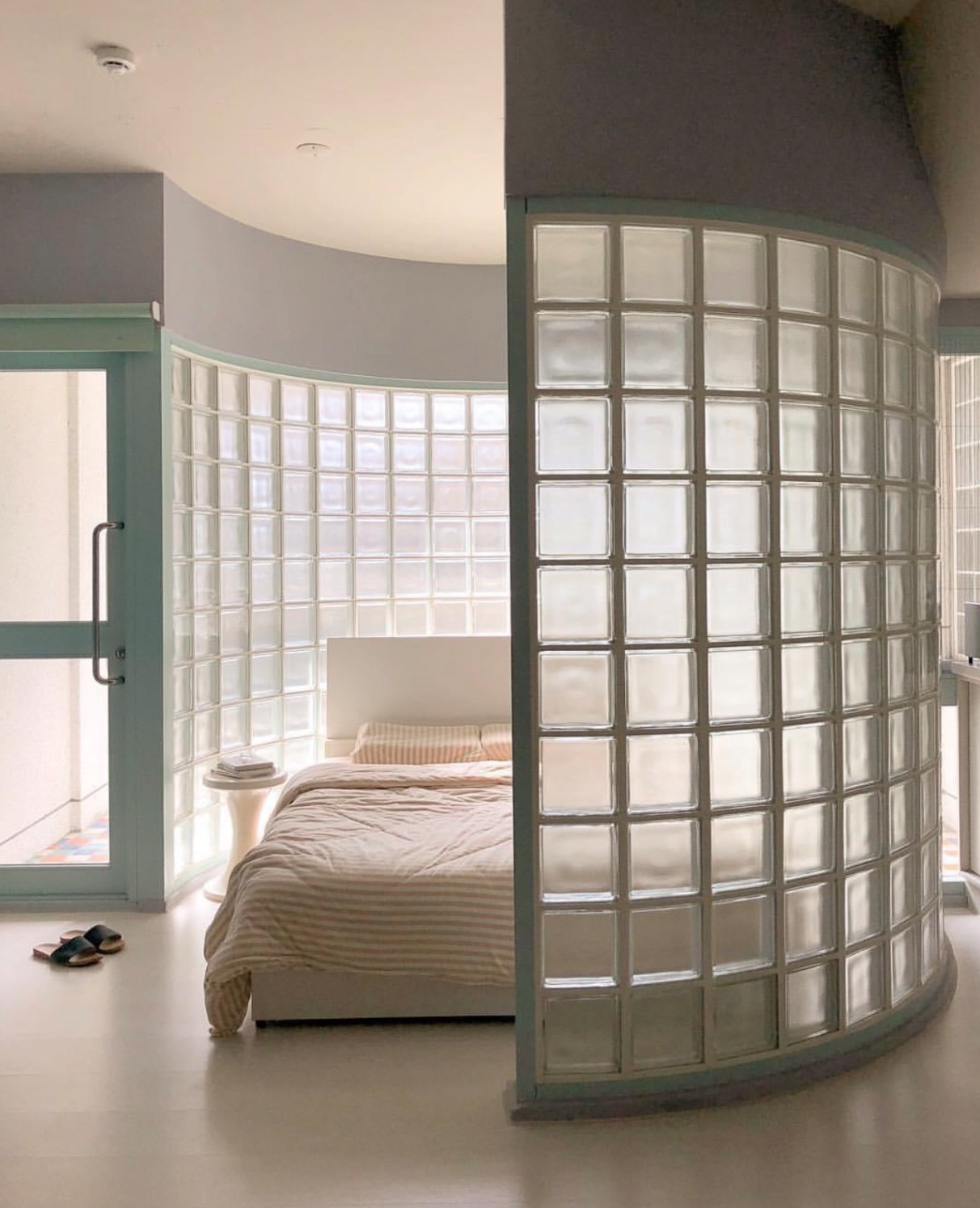
First introduced for commercial use some 90 years ago, glass blocks have been mocked and misunderstood, though their versatility and design history prove otherwise.
Frenchman Gustave Falconnier is credited with creating the first hollow glass blocks, later producing them in various shapes like squares and hexagons by the late 1880s.
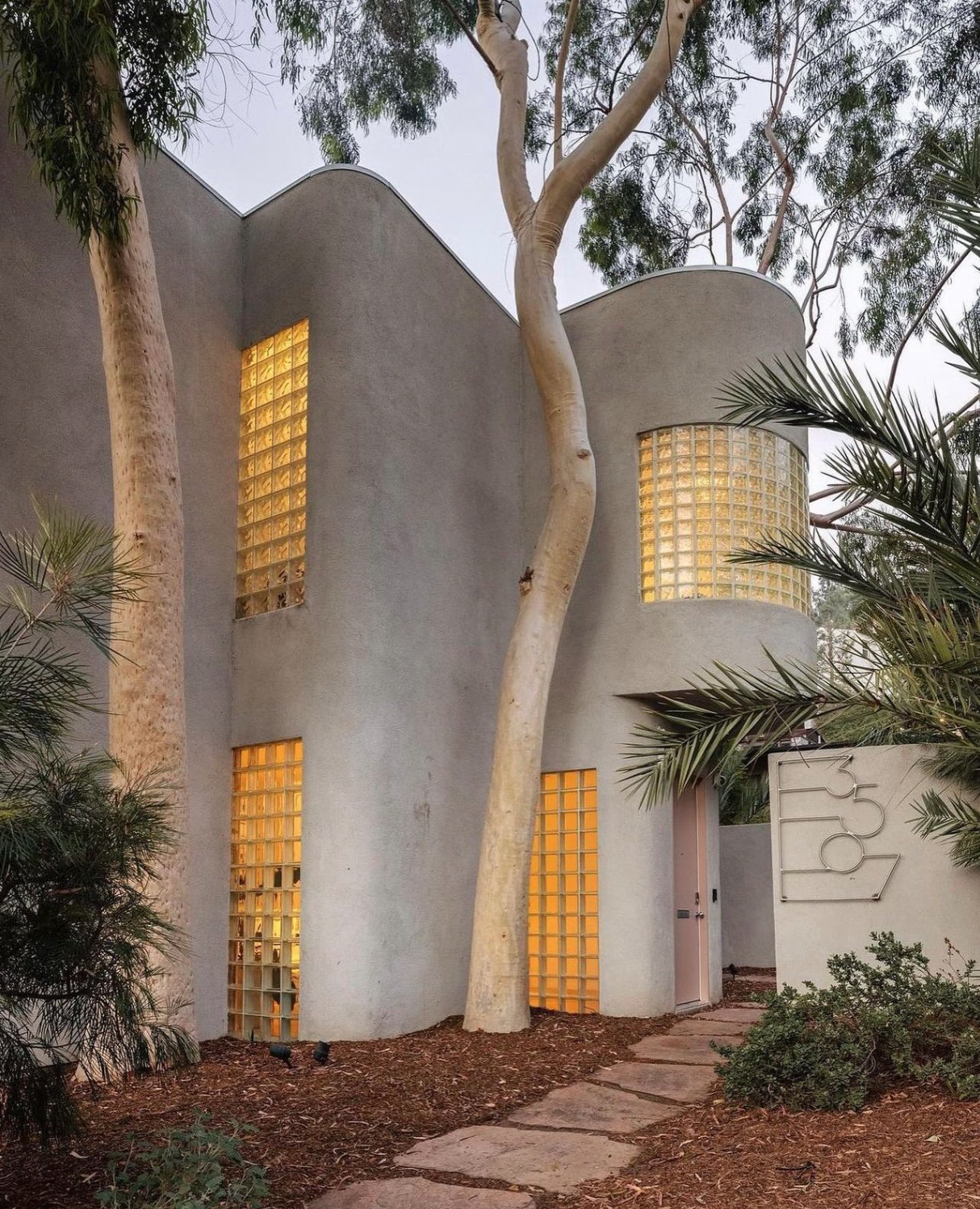
Architect Steven Hill, 1983, Photo by @dariarad
Skip to the early 20th century and Falconnier’s inventions are more refined, allowing them to feature vacuum-tight insides laid in the traditional masonry style. The design continues to be adaptable while also thermally stable and allowing for the flow of light without sacrificing privacy.
Check out our favorite glass block interiors from then and now:



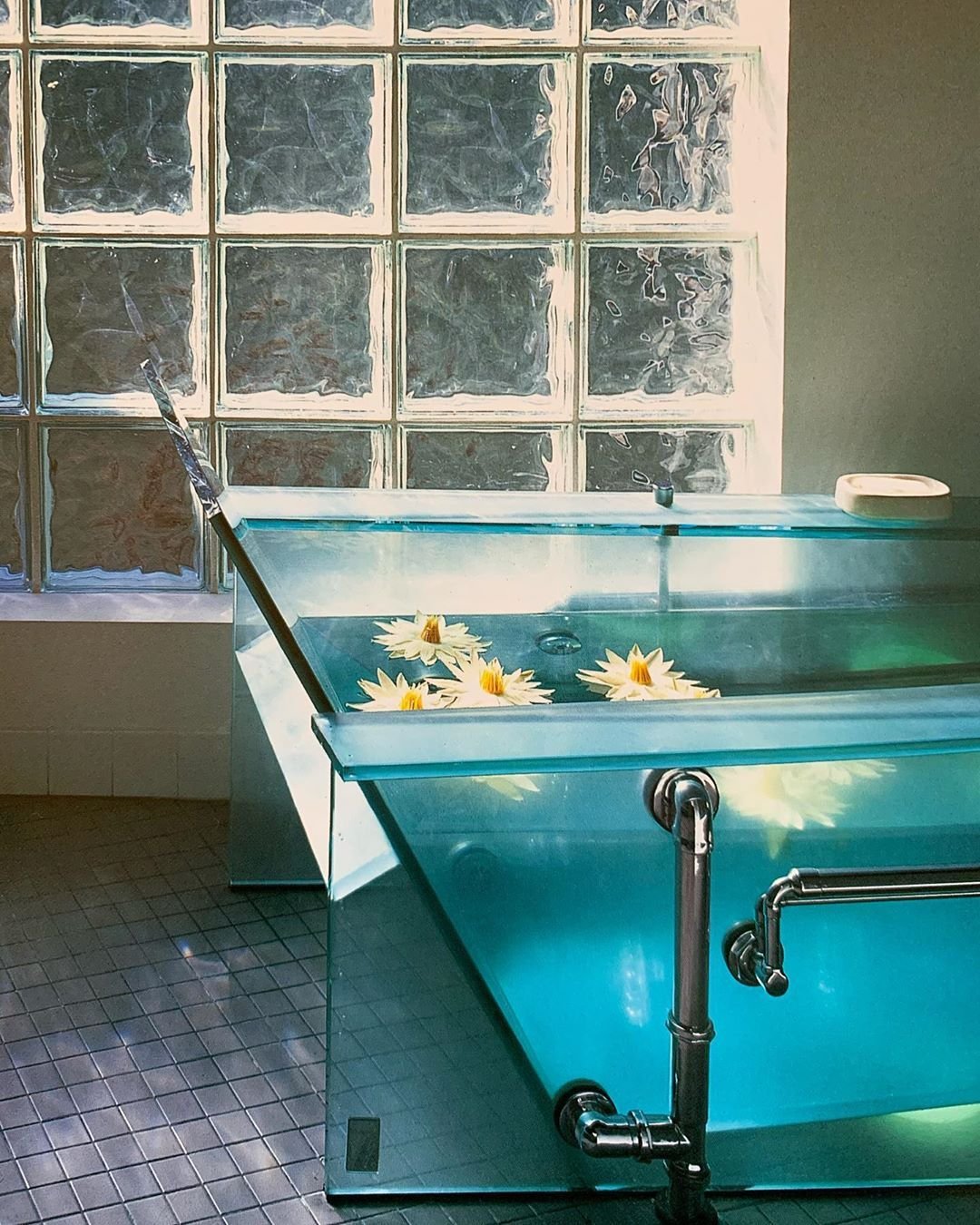













DISCLAIMER: THE MILLIE VINTAGE DOES NOT OWN ANY RIGHTS TO THESE PHOTOS. PLEASE NOTE THAT ALL IMAGES AND COPYRIGHT BELONGS TO THE ORIGINAL OWNERS. NO COPYRIGHT INFRINGEMENT INTENDED.
MORE LIKE THIS
The kitchen is known to be the heart of the home. Today we are seeing many designers revive retro trends from the 60s and 70s. Both eras offer unique design elements that combine functionality with personality.
The interior design of airplanes in the 1960s and 1970s reflected the cultural trends and technological advancements of the time, often emphasizing luxury, style, and innovation. These decades were considered the "Golden Age of Air Travel”…
Wood paneling brings a sense of nature indoors, with its grains, knots, and varying tones creating a visually appealing backdrop. It adds depth and texture to a room, often becoming a focal point or enhancing the overall ambiance.
World-renowned interior designer Jacques Grange is the go-to person for elite clientele, many billionaires, art collectors and design enthusiasts.
It’s true though, that colors can indeed evoke different feelings and energies, influencing our mood and perception of a space.
The Gehry Residence in Santa Monica, California, is one of the most famous examples of architect Frank Gehry's deconstructivist style.
The same year the man landed on the moon, architect Maurice Medcalfe designed The Bubble House. Located at East 71st Street in the Upper East Side…
Villa Sayer in Normandy is another significant residential project designed by Marcel Breuer in the 1970s. It represents Breuer’s exploration of modernist design principles in the context of a more rural, French setting.
Bennett himself referred to the building as a “Manhattan A-frame.” The historic Dakota was constructed between 1880 and 1884 and was added to the National Register of Historic Places in 1972.
The Château La Coste exhibition lies within the Oscar Niemeyer Auditorium. Paulin’s designs and Niemeyer’s vision create an otherworldly experience with the buildings curvaceous forms complementing Paulin’s serpentine-like storage units and organic biomorphic sofas.
Whether you're a devoted connoisseur of vintage design seeking credible insights, or simply in search of stylish coffee table books filled with captivating photos, these selections are sure to impress and inspire.
Italian design in the 1960s and 1970s was marked by a distinct blend of innovation and tradition, reflecting both social changes and advancements in materials and technology.
Brutalist design is an architectural and artistic movement that emerged in the mid-20th century, characterized by its stark, rugged aesthetic and the use of raw materials.
If you’ve never put furniture and food in the same category, now you can! Food-iture, food that looks like furniture or vice versa has been trending online.
FOLLOW US ON INSTAGRAM











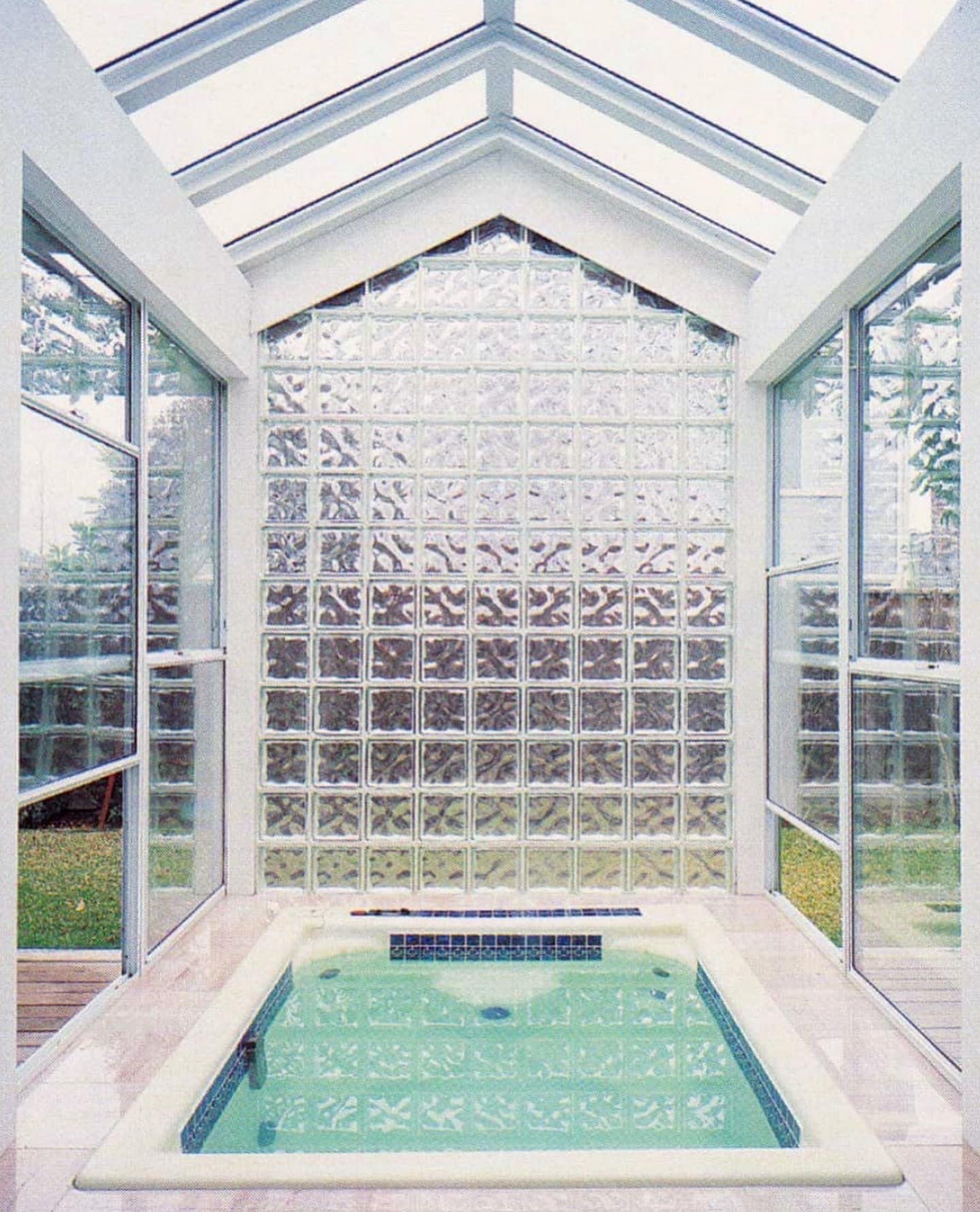















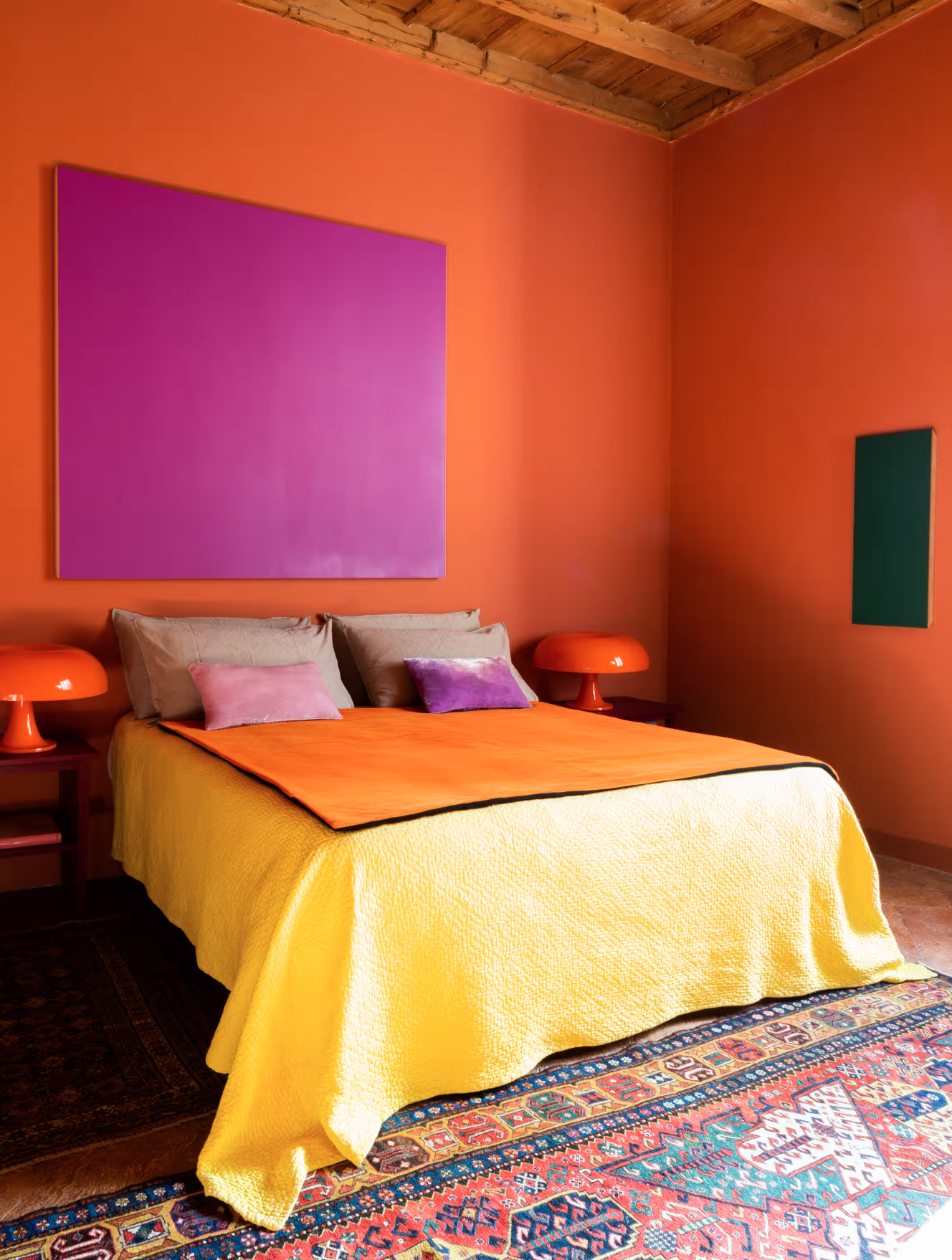






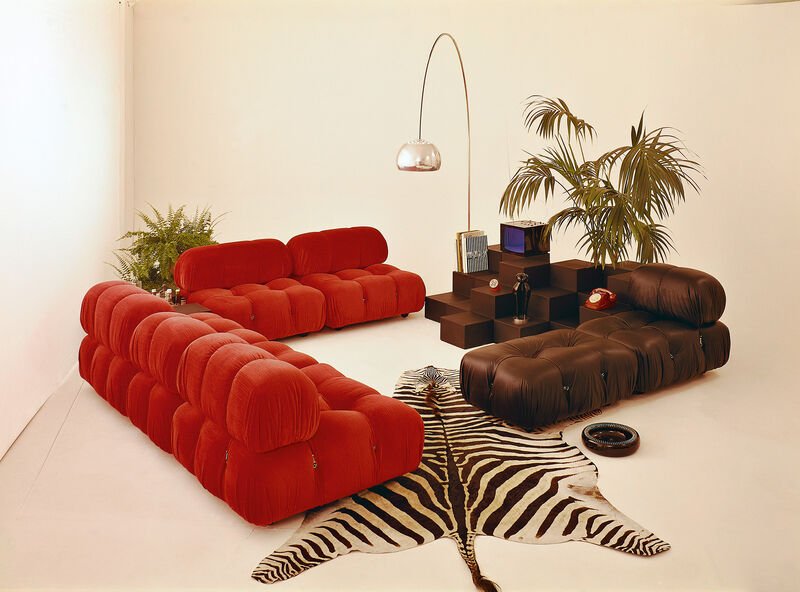
















It’s no surprise that celebrities have the ability to acquire some of the most rare and incredible pieces of design. We are thrilled to see faces we look up to, enjoying vintage design as much as we do.